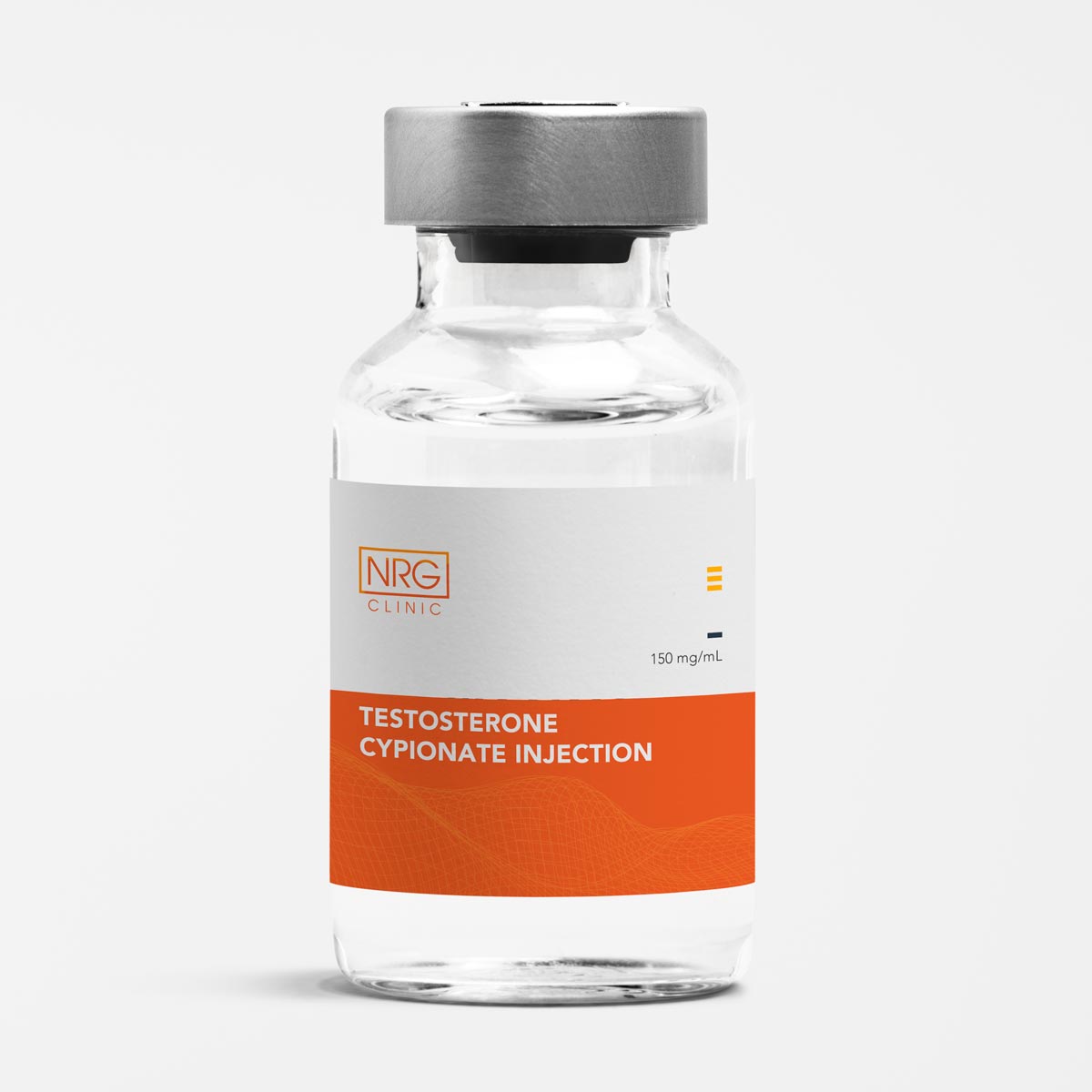Navigating through the complicated landscape of testosterone replacement therapy (TRT) can often feel overwhelming. Among the plethora of options, testosterone cypionate and testosterone enanthate stand out as two of the most commonly used forms. So, how do these two stack up against each other? To get a clearer understanding, let’s delve into their key features, gauge their effectiveness, and examine their potential side effects.
Testosterone Cypionate vs Enanthate: Key Features
Testosterone Cypionate:
- Popularity: Particularly in the USA, cypionate is a crowd-favorite.
- Release Dynamics: Renowned for its slow, yet consistent, release into the bloodstream.
- Dosage Frequency: More often than not, injections are scheduled every 7-10 days, making it convenient for most users.
Testosterone Enanthate:
- Popularity: Conversely, enanthate is the go-to selection in many European countries.
- Release Pattern: Although similar to cypionate in many ways, it sometimes calls for slightly more frequent injections.
- Dosage Schedule: Injections are generally administered once every 5-7 days.
Testosterone Cypionate vs Enanthate: Effectiveness
Testosterone Cypionate:
- Stability: One of the major advantages of cypionate is its ability to maintain stable testosterone levels. Consequently, it minimizes the up-and-down swings commonly associated with TRT.
- Performance: Users of cypionate often report having sustained energy levels, more stable moods, and an overall improvement in physiological functions.
Testosterone Enanthate:
- Consistency: While enanthate also aims to provide steady levels of testosterone, some users find they need to inject a bit more often to maintain that same stability.
- Results: Though it’s effective, the need for potentially more frequent dosing can be an issue for some people.
Testosterone Cypionate vs Enanthate: Side Effects
Testosterone Cypionate:
- Common Issues: Generally, you might face side effects like acne and thinning hair. However, many users find these issues to be less troubling compared to other forms, thanks to cypionate’s effectiveness.
Testosterone Enanthate:
- Reported Concerns: Side effects, including acne and mood swings, are also possible with enanthate. Unfortunately, some anecdotal evidence suggests these side effects may be more noticeable than with cypionate.
Comparing Half-Life and Duration
Before diving deeper, it’s crucial to get some terms straight:
- Half-Life: Essentially, this is the time it takes for half of the substance to exit your system.
- Duration in System: This refers to how long the drug stays in your system and keeps working.
Testosterone Cypionate:
- Half-Life: Usually falls within the range of 8-12 days.
- Duration in System: Given its longer half-life, cypionate stays active in your body for an extended period, often up to 3-4 weeks. As a result, users enjoy more time between necessary injections and often report a more consistent hormonal profile.
Testosterone Enanthate:
- Half-Life: A bit shorter, hovering around 7-10 days.
- Duration in System: Enanthate’s presence in the system usually lasts about 2-3 weeks. Due to its slightly shorter half-life, you might find the levels taper off more quickly, necessitating another dose sooner.
Why Opt for Cypionate Over Enanthate?
- Extended Consistency: Cypionate’s slightly longer half-life ensures a more extended period of stable testosterone levels. This, in turn, minimizes hormonal fluctuations, leading to a more predictable and balanced mood and energy levels.
- Fewer Injections: Its longer staying power in your system means you’ll likely require fewer injections, a feature that can be especially appealing if you’re not keen on frequent dosing.
- Familiarity and Trust: Cypionate’s popularity in the USA means many healthcare providers are well-versed in its use. This familiarity often translates into added comfort and confidence for users.
- Holistic Well-being: The ultimate aim of TRT isn’t merely to boost testosterone but to enhance your overall quality of life. Cypionate’s consistent performance often leads to a balanced range of benefits, including improved energy levels, better muscle maintenance, and more stable moods.
By weighing these factors, you’ll be better equipped to make an informed decision about which form of TRT is right for you.


